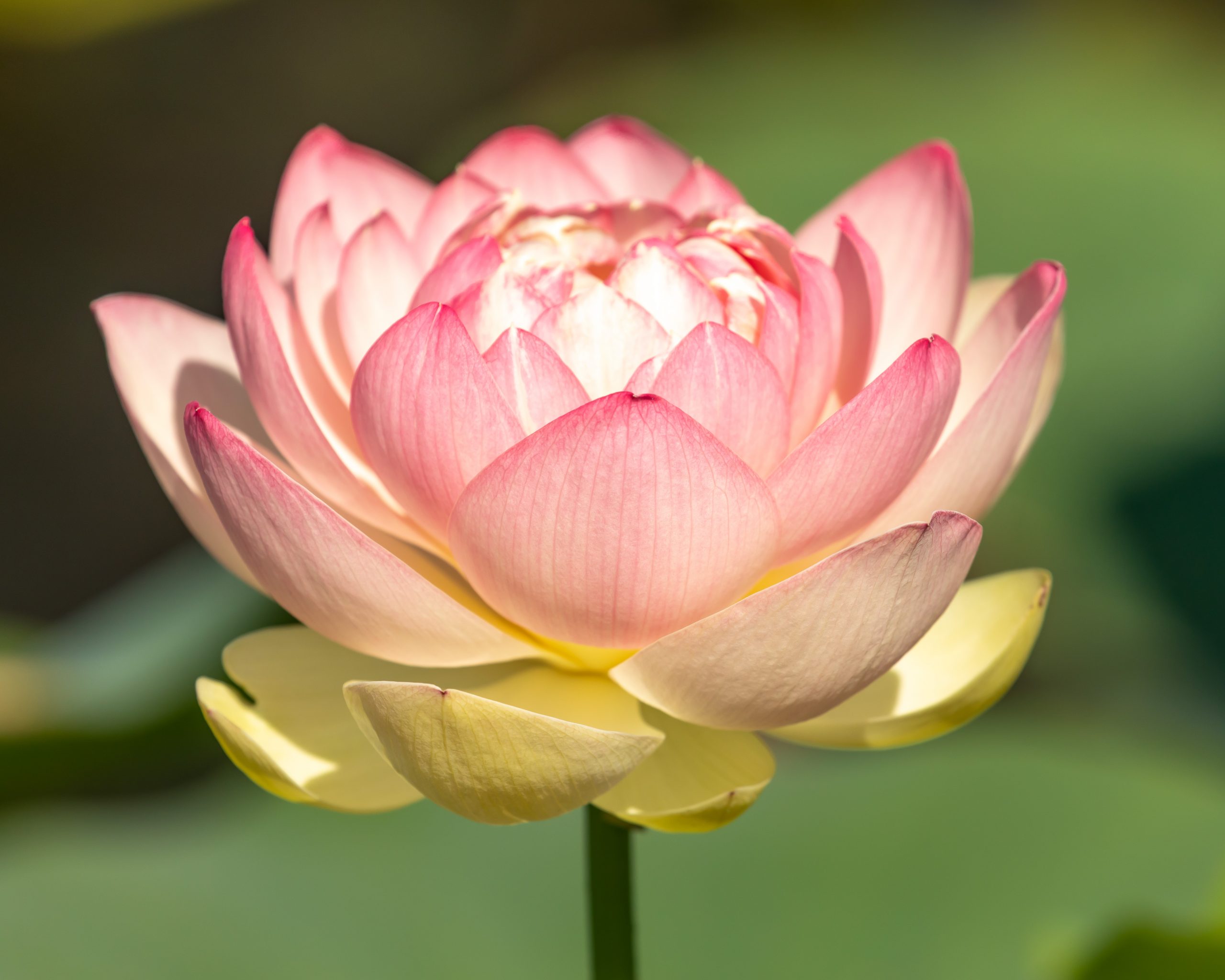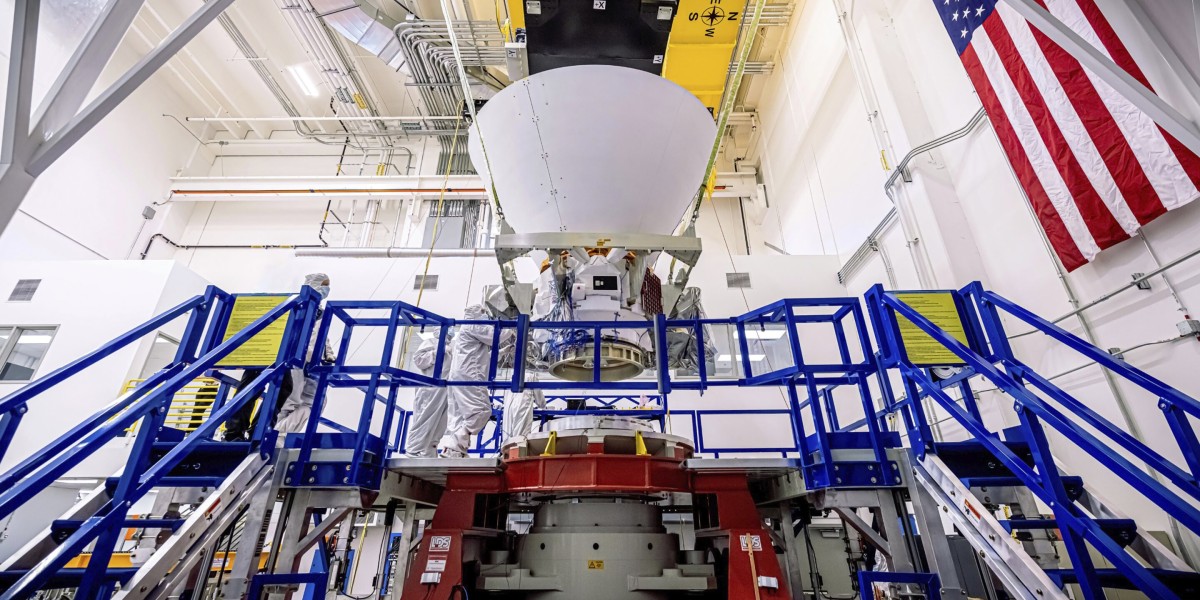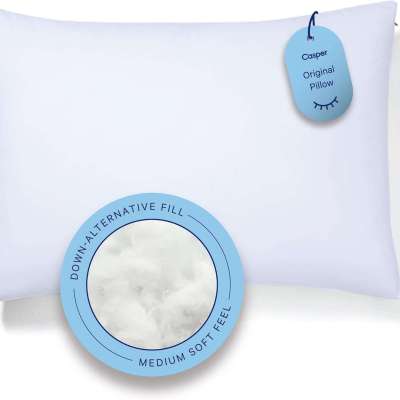article image source: freepik (link)
Introduction: From Pond to Progress
You may know the lotus as a beautiful aquatic flower, often seen as a symbol of purity and spiritual awakening. But beyond its striking appearance lies a remarkable natural phenomenon—the Lotus Effect—that’s transforming industries through the power of nanotechnology.
advertisement
Observed in the way water droplets bead up and roll off lotus leaves, this self-cleaning, water-repellent behavior has captured the imagination of scientists, engineers, and innovators around the world. Today, the Lotus Effect is being replicated in cutting-edge materials and surfaces, with applications ranging from clothing and construction to medicine and even space exploration.
Lotus Effect - Nanotechnology
What Is the Lotus Effect?
The Lotus Effect refers to the superhydrophobic (extremely water-repelling) nature of the lotus leaf. Instead of soaking up water, its surface causes droplets to form near-perfect spheres that roll away effortlessly, carrying dirt and particles with them.
This isn't magic—it's physics and biology in harmony. Researchers like Dr. Wilhelm Barthlott, a German botanist, discovered that the lotus leaf’s surface is made up of microscopic bumps and nanoscale hairs, all coated in a natural wax. This structure traps air, reduces surface contact, and dramatically increases what's known as the contact angle—a key factor in determining how water interacts with a surface. When the contact angle exceeds 150°, the surface becomes “superhydrophobic,” meaning it resists moisture and self-cleans.
Interestingly, this natural design is not exclusive to the lotus. Similar features have been found on other plants like cauliflower and nasturtium, as well as insect wings. However, the lotus gained iconic status due to its purity and prominence in cultures across Asia.![(A) Lotus plant, (B) micron-sized protuberances on lotus leaf and (C) biomimetic nano-patterns [13]. - image source: researchgate.net](https://www.researchgate.net/profile/Arvind-Singh-56/publication/270458130/figure/fig2/AS:295255858532369@1447405890790/A-Lotus-plant-B-micron-sized-protuberances-on-lotus-leaf-and-C-biomimetic.png)
(A) Lotus plant, (B) micron-sized protuberances on lotus leaf and (C) biomimetic nano-patterns [13].
- image source: researchgate.net
From Nature to Nanotech: Replicating the Lotus
Thanks to nanotechnology, the structure of the lotus leaf can now be mimicked and applied to man-made surfaces. By altering materials at the molecular level—often using silicon-based nanostructures—scientists can create protective coatings that repel water, oil, and dirt just like the lotus.
For example, Sto Corp.’s Lotusan® paint uses Lotus Effect principles to maintain clean building facades by allowing rain to wash away dust and grime. Similarly, Rain Stop coatings for car windshields improve visibility by repelling water, while reducing fog and ice formation.
NASA has also tapped into this technology. At the Goddard Space Flight Center, engineers developed ultra-thin coatings to prevent dust and liquids from clinging to equipment used in space missions—protecting everything from robotic rovers to solar panels.
Image by Tom Hennessy. - image source: lewisginter.org
Real-World Applications: Cleaner, Safer, Smarter
The influence of the Lotus Effect spans a wide range of industries:
Textiles: Waterproof and stain-resistant fabrics are now common in outdoor clothing, healthcare garments, and even luxury fashion. The water-repelling quality reduces washing needs—offering both convenience and environmental benefits.
Construction: Roof tiles and paints inspired by the lotus can self-clean during rainfall, reducing maintenance and extending building lifespans.
Medicine: Antibacterial surfaces, critical in hospitals and clinics, are being developed with lotus-inspired coatings to prevent the buildup of harmful microbes.
Electronics: Coatings on devices protect against water damage and improve durability in harsh environments.
Transportation: Anti-fog, anti-icing, and dirt-repelling coatings are used on vehicles, ships, and aircraft—enhancing safety and performance in extreme conditions.
And even more visionary ideas are on the horizon. Architect Luc Schuiten imagined “vegetable cities” where building roofs mimic lotus leaves to collect rainwater, generate solar energy, and manage waste—demonstrating how biomimicry can reshape urban living.
Conclusion: Nature as the Ultimate Engineer
The story of the Lotus Effect is a powerful reminder that nature has already solved many of the problems we face today—often in elegant, efficient ways. With billions of years of trial and error, evolution has crafted surfaces like the lotus leaf that are both beautiful and functional.
By studying and replicating these biological marvels, nanotechnology allows us to create smarter materials and more sustainable solutions. The implications are immense: cleaner cities, safer products, longer-lasting infrastructure, and even new possibilities in space exploration.
As we move forward, the lotus teaches us that innovation doesn’t always begin in the lab—it often starts in the garden. By looking closely at the natural world, we uncover a blueprint for progress that is not only effective, but also harmonious with the environment.
In the end, the Lotus Effect is more than a scientific principle—it’s a philosophy of design, urging us to observe, learn, and innovate from the world around us.
Thank you !















































